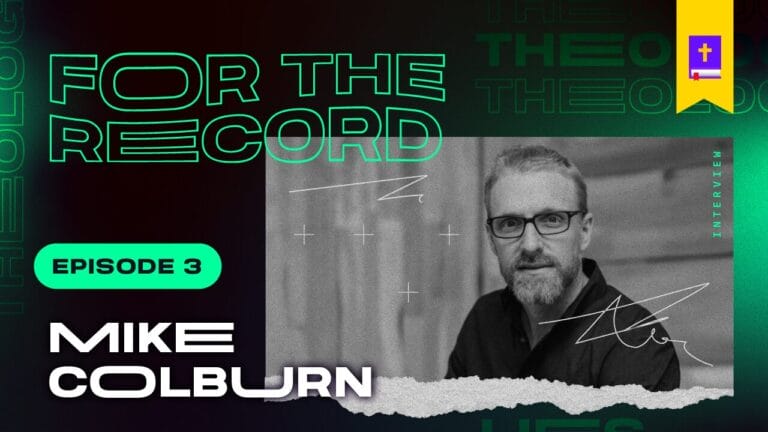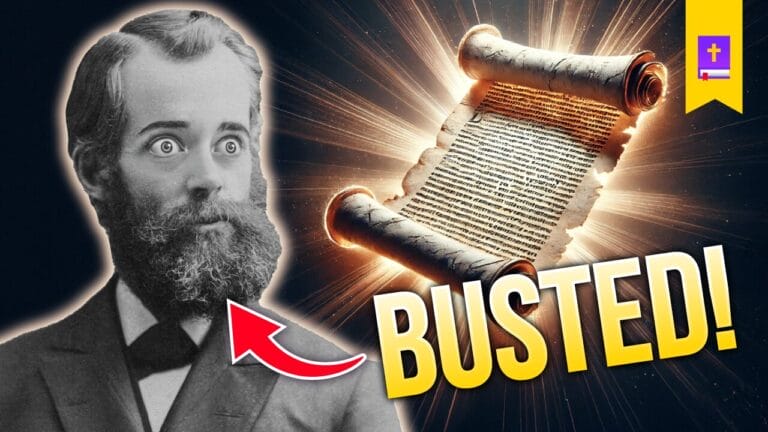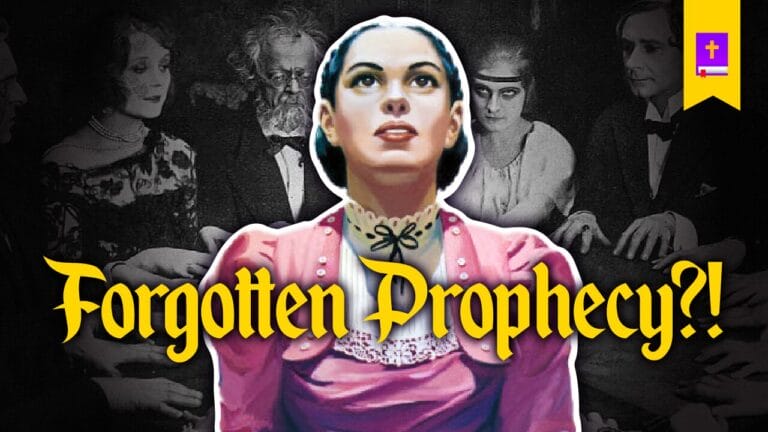Many people hold to the belief that the Law of God was nailed to the cross. They will typically cite Colossians 2:14 for their support because in Colossians 2:16 Paul goes on to mention aspects of the law. Typically former Adventist’s will say it was all of the Law. The Adventist Church says it was only the “ceremonial laws” which is why it uses the term “handwriting of ordinances” in the King James Version. Both parties then argue back and forth as to which law was nailed. Our position is that both parties are incorrect—at least as it pertains to Colossians 2:14-15. There are other passages of scripture to go to that discuss not being under the Law covenantally, but something more profound is being said here—and is actually detrimental to one of the SDA Church’s foundational pillar doctrines.
Paul gives a synopsis of Christ’s nature in Colossians 2:9-12, and that by being “in Him” we are inwardly circumcised through baptism, buried with Christ, and raised. Then he states that while we were dead in our sins, God made us alive with Christ (Colossians 2:13). This is key. Prior to transitioning to discussion about any sort of cancelling, Paul starts by explaining that we were dead in our sins, but by then being “in Christ”, we were raised to spiritual newness of life and “He forgave us all our sins”. The focus is on sin and sin being done away with.
In verse 14 he says that the sin debt that stood against us—a debt we could not pay—was done away with by being nailed to the cross (Colossians 2:14). The Greek word for “record of debt” (or “handwriting of ordinances”) is cheirographon and it means “a handwritten IOU” or “certificate of legal indebtedness.” It is a legal term in Greek and this is the only place it’s used in scripture (what’s called a hapax legomenon).
Jesus equated sin with debt in the Lord’s Prayer. If you look at Matthew 6:12 and compare it with Luke 11:4, you’ll see that Matthew documents it as “debts” and Luke documents it as “sins” and “indebtedness.” Sin is a legal debt that has earned us a wage of death (Romans 6:23). We cannot pay this debt—but Jesus could. And legal debts can lawfully be transferred.
What was nailed to the cross was our sin debt that we’ve incurred for sinning against God. Jesus Christ bore our sins in His body on the cross (1 Peter 2:24) and then He was nailed to the cross. That’s how the “record of debt” was nailed to the cross and done away with. It was paid in full by Jesus himself by paying the debt of death.
This passage destroys the SDA teaching of the Investigative Judgment, which claims that Christ is still dealing with sin (contrary to Hebrews 9:26) in a Sanctuary in Heaven where He is still blotting out sins. The SDA Church rejects the legal (penal) aspect of sin, but that is what is in focus in Colossians 2:14—sin—not ceremonial laws.










